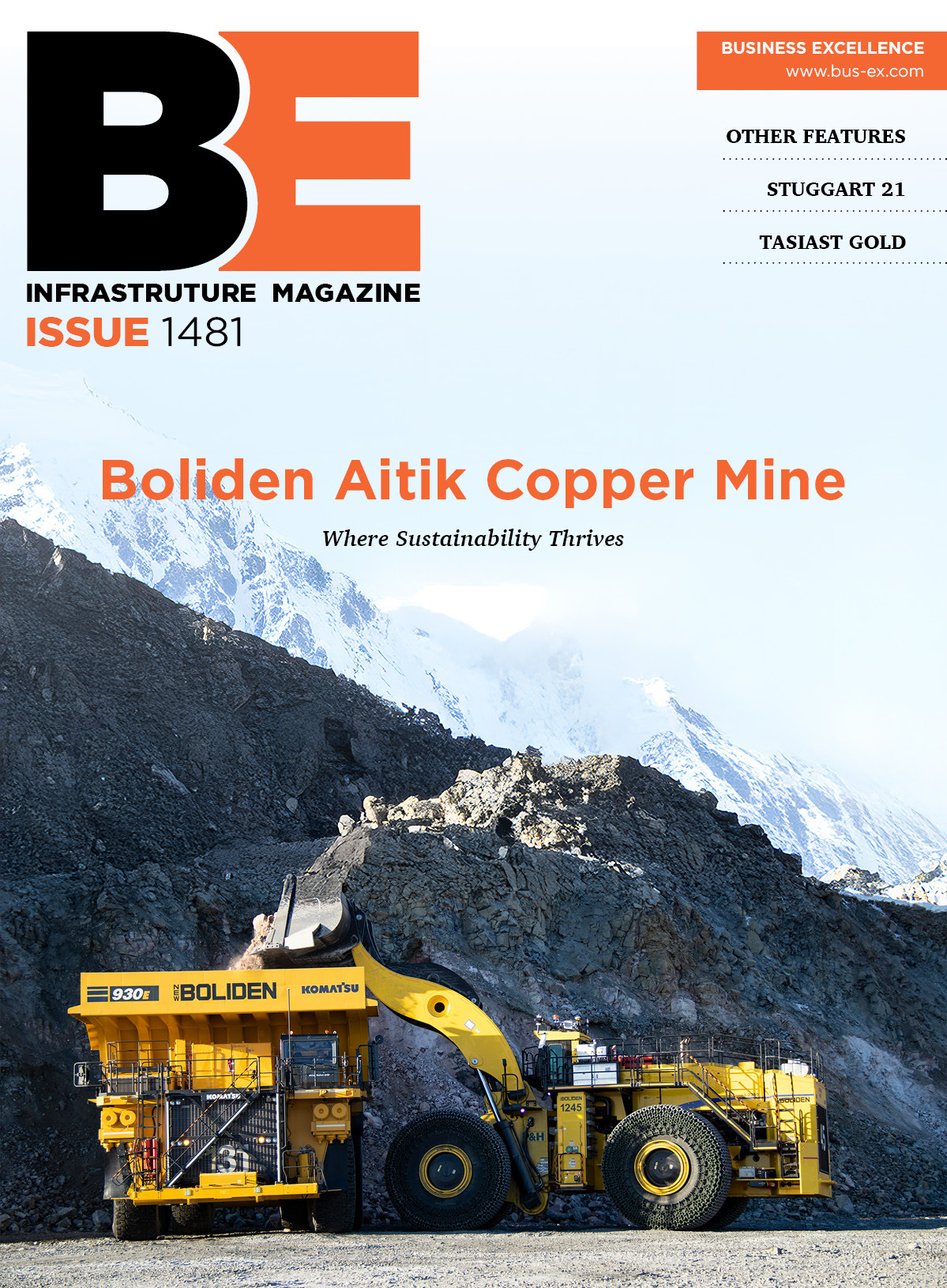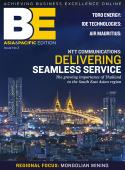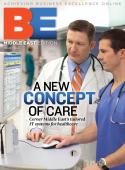Andrew Pelis learns how improved facilities, a focus on innovation and a booming market add up to a promising future for IDEXX LaboratoriesPet care specialist IDEXX Laboratories is undertaking the renovation phase of a $75 million project to expand and update its flagship facilities in Westbrook, Maine.The need for expansion has been driven by the companyÔÇÖs success in adopting a blueprint formulated by Jonathan W. Ayers, president and CEO, to become a billion-dollar business globallyÔÇöa target the company achieved this summer, two years ahead of schedule.The expansion project gives IDEXX the opportunity to put its best face forward. Lead architect Jeffery Dalzell of Lavallee/Brensinger Architects says of designing the building, ÔÇ£We kept coming back to a group of key words we wanted the new fa├ºade to express: innovativeÔǪscientificÔǪfunctionally excellentÔǪnon-showy. That was the character we were after.ÔÇØIDEXX has become a worldwide leader in innovative products and services for veterinary, food and water applications. The companyÔÇÖs companion animal group accounts for approximately 80 percent of turnover and is ably supported by its equine business, both of which combine biotechnology with medical devices and information technology to support veterinariansÔÇÖ efforts in providing excellent care while building successful practices. From the inside out, the extensive renovation was designed to capture IDEXX at its innovative peak. Natural light was strategically brought in to points where travel through the facility intersected, and ÔÇ£borrowedÔÇØ from side or overhead windows allowing light across the top of a conference room to fill a nearby lab. The zinc cladding and ground faced concrete blocks that were used for the exterior of the building were specifically chosen from IDEXXÔÇÖs corporate logo, in order to give a ÔÇ£coolÔÇØ palette of white, grey, and red at the entrance.The West Wing expansion also shows IDEXXÔÇÖs commitment to green practices. From its new ÔÇ£zenÔÇØ-like Bio Court garden for meetings as well as relaxation, to its recycled counter tops, the new wing follows many principles to reduce the companyÔÇÖs overall carbon footprint. Nearly all of the disposable materials used for demolition and construction of the project have been recycled. Concrete was ground on site and used to fill in a local city parking lot, roof ballast was reused to stabilize soil for another local companyÔÇÖs offices and parking lot, and loam was stripped, processed, and returned to the site for re-use. Senior project manager Brain Rand says of the project, ÔÇ£all in all, we recycled or repurposed everything we could, making the expansion project green from the ground up.ÔÇØOther green investments include room occupancy sensors that automatically turn lights off when rooms are not in use, sensors that dim lights based on levels of sunlight, recyclable carpet, high-efficiency light fixtures and equipment to conserve energy, and a new Heat Recovery System that captures rejected heat from refrigeration equipment and redirects it to heat the warehouse.The expansion and renovation of the Westbrook site also aims to generate greater manufacturing efficiency while at the same time providing greater capacity for research and development. ÔÇ£Westbrook is our global headquarters and home to the majority of manufacturing, R&D and marketing. Our distribution center is located in Memphis and ships our products worldwide. Most of the current investment is for the expansion of our manufacturing and R&D here in Maine,ÔÇØ explains Rand.The company was formed in Portland, Maine, in the mid-eighties, and moved into its existing building in 1992. ÔÇ£One of the things this expansion will enable us to do is ÔÇÿlean outÔÇÖ the manufacturing process so that the product flows more efficiently through the plant and the travel of both product and people is reduced,ÔÇØ says Rand. August 2007 saw the first phase of the expansion project as part of the old building was torn down to make way for a 200,000-square-foot addition. This has not only served to benefit the manufacturing side of operations but has critically provided more space for the research and development aspect. ÔÇ£We were completely out of space,ÔÇØ states Rand. ÔÇ£We had continued to grow and hire people for our laboratories but had reached the point where we had too many people per bench; they needed to spread out. We urgently needed to create more lab space for our research teams.ÔÇØMaintenance is another key area for RandÔÇÖs team, to help maintain quality levels. ÔÇ£Probably the most significant challenge is viral control, which is hugely critical for biotech-type manufacturing processes. This requires a lot of sophisticated automated building control. Our challenge is getting the right people with the right skill sets involved, to properly monitor our environments, minimize the amount of energy needed to maintain them and maximize equipment longevity.ÔÇØSo what next for a company that only formed nearly a quarter century ago, has 70 locations worldwide and more than 4,500 employees, with over 1,600 based in Maine? ÔÇ£The Westbrook expansion is intended to meet at least our next five years of growth, and as we continue down the lean process we anticipate achieving a lot more. The next challenge will be to create more administration space by consolidating our corporate and administration space.ÔÇØHaving constructed its new building in just 13 months, the renovation phase of the existing building is due for completion in 2010. ┬á









